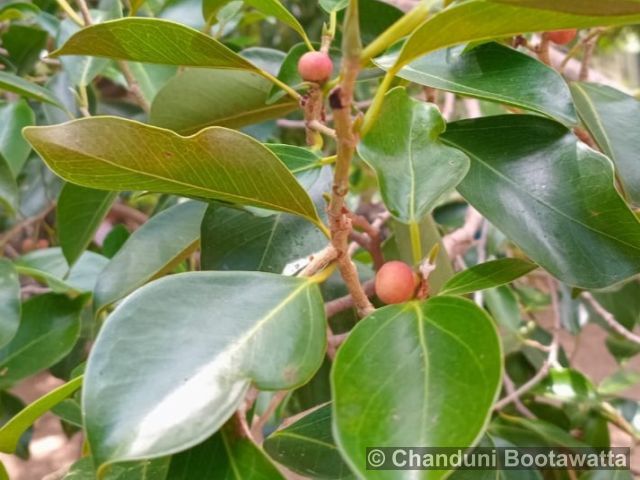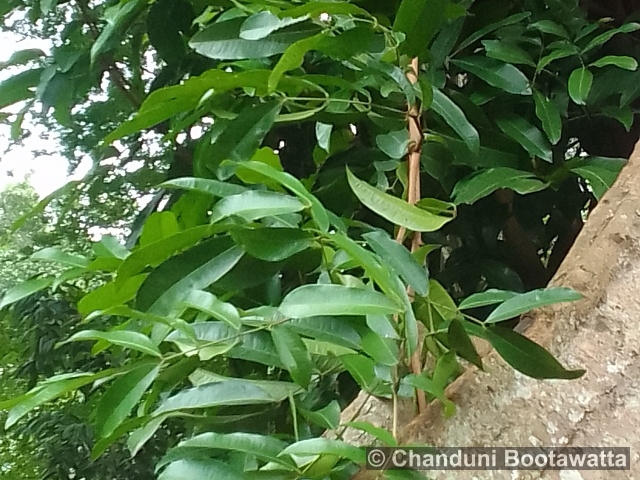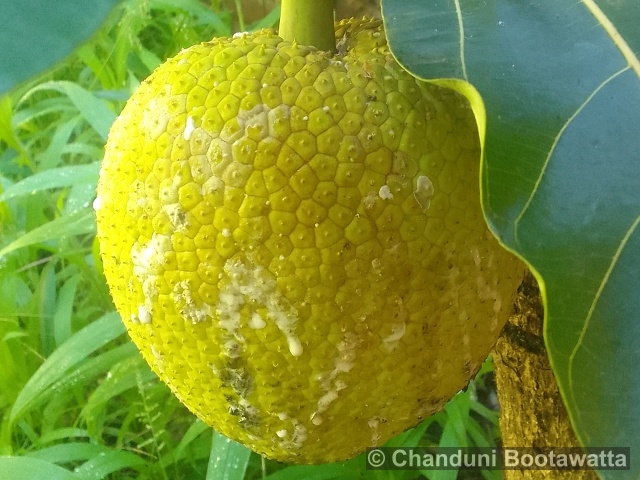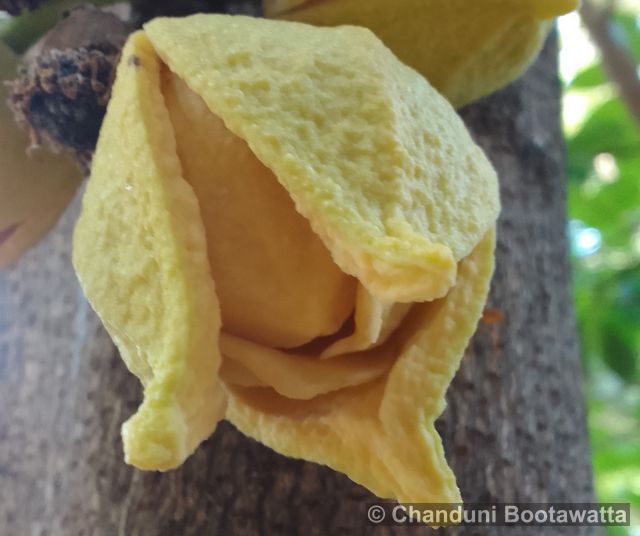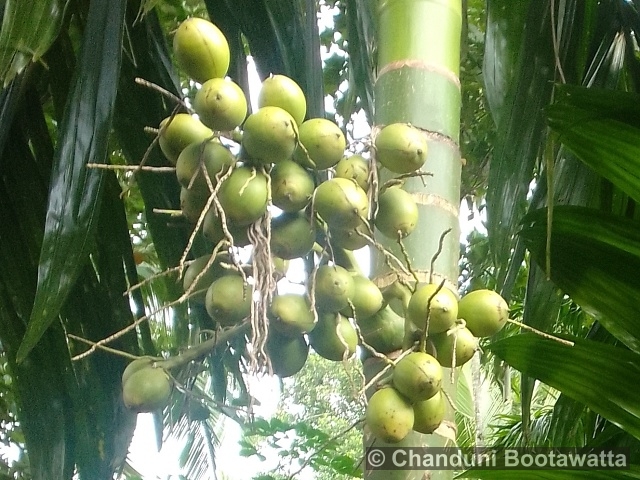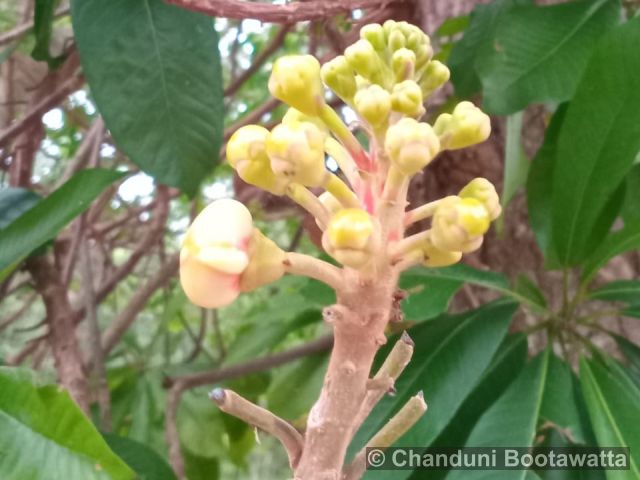Tento příspěvek byl přečten225krát!
Sea almond, Tropical almond, Beach almond, Indian almond
Family: Combretaceae
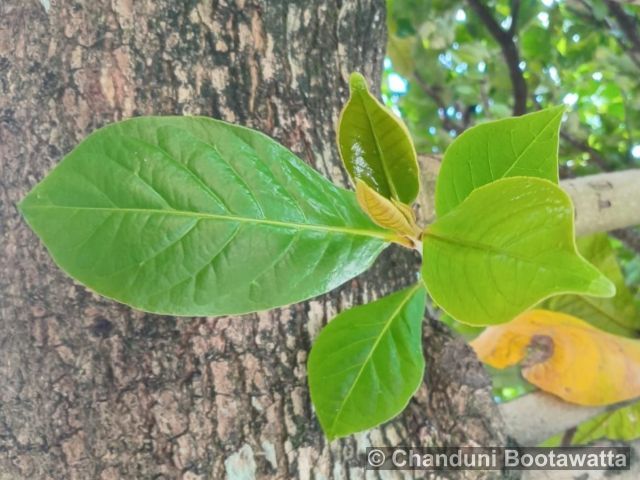
Description: It may reach heights of 35 meters and has a straight, stout bole with a spreading, tiered crown. It’s a big tree, that grows up to 35 meters and has large oval shaped leathery leaves which fall bearing red, yellow or purple color. It has very small pale green flowers arranged in a tight raceme like an arrow like structure and does not exhibit a lot of flare. The tree bears flattened, oval drupes that change colour from green to reddish-purple; they contain edible, nutty-kernelled kernels.

Substitutions – Terminalia mantaly (Madagascar Almond): A smaller, ornamental tree with a tiered, pagoda-like canopy, small leaves, and inconspicuous flowers.Popular in urban landscaping and as a shade tree for its aesthetic and drought-tolerant nature. – Terminalia kaernbachii (Okari Nut): A tropical tree with large leaves, small flowers, and edible nuts similar to almonds.The nuts are consumed as a food source in some regions, and the tree is grown for shade and timber. – Terminalia bellirica (Beleric): A large deciduous tree with simple leaves, small greenish-white flowers, and grayish, velvety fruits. Its fruits are a key ingredient in Ayurvedic formulations like Triphala and are used for respiratory and digestive health.

Ecology: Trees in the Terminalia genus, are found in the tropical and subtropical zones with some in the coastal zones, flood plains and the open forests. They grow best in medium to warm temperatures ranging between 20 and 35 °C, and high humidity but are moderately drought tolerant when established Their optimal growing conditions include well-drained Connecticut sandy or loamy soil of moderate fertility.

General Distribution: Distributed across tropical and subtropical regions of Asia, Africa, Australia, and the Americas, thriving in coastal areas, riverbanks, and open forests.

Use: Much appreciated, individuals employ the tree for shade, checking landslides and for medicinal purposes; leaves for diarrhea, fever, and skin ailments. They are edible fruits and seeds; it is used in furniture making especially doors and windows; and the leaves are commonly used in aquariums for water purification. It is also important in ecology as the animals feed on the yield and build their refuge on the farm.

Author of text and photos: Chanduni Bootawatta.
Photographed in Kandy, Sri Lanka on 8 December 2024.



 Poslat emailem
Poslat emailem